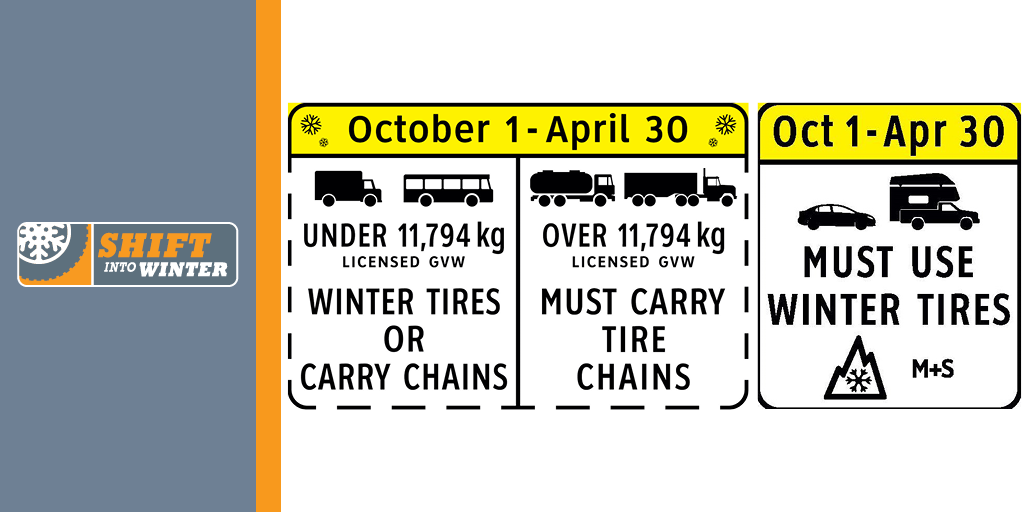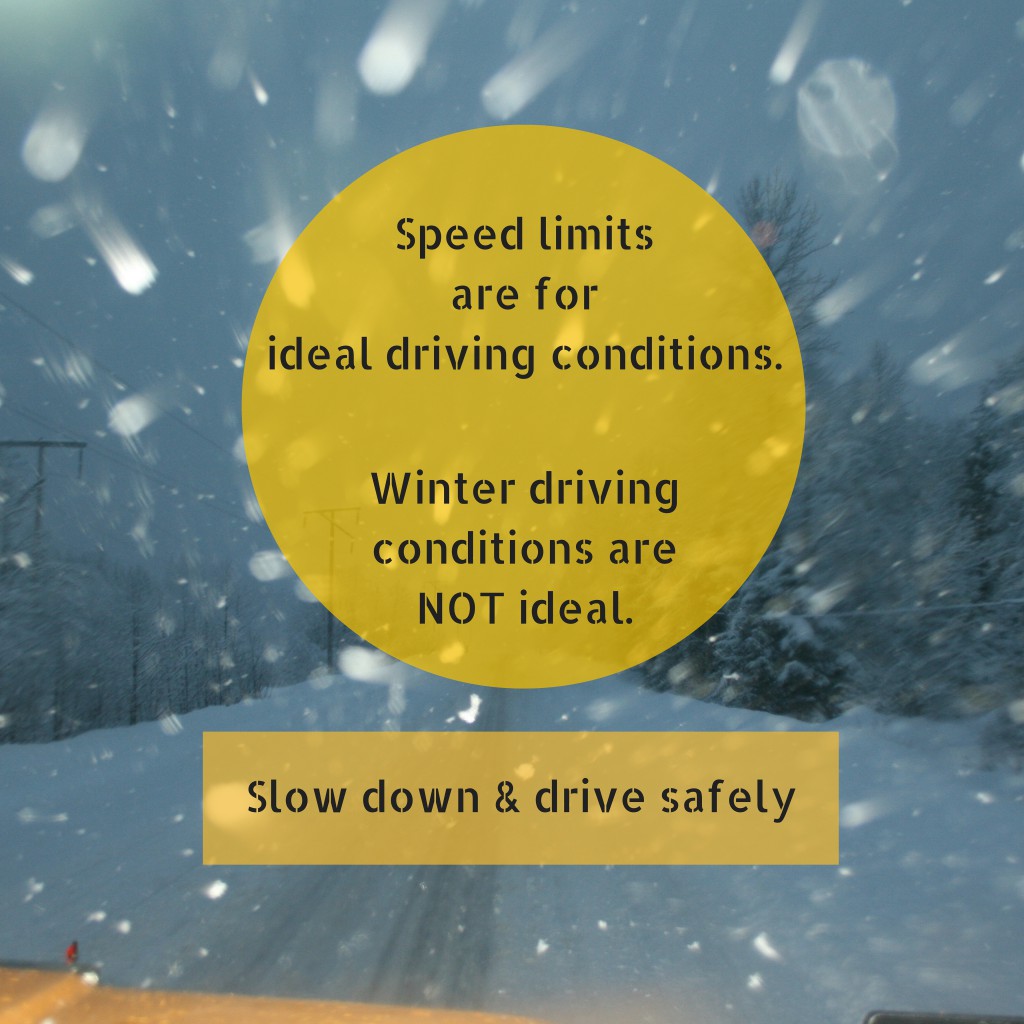There are several good things about winter…
- Skiing
- Toques
- Hot chocolate
- Tobogganing
- The scent of wood smoke
But there are also several bad things about winter, and some of them have to do with driving.
- Black ice
- Dead batteries
- Reduced visibility
- Sudden weather changes
- Slush… cold, nasty slush… and the list goes on
Whether it’s driving for work or shuttling the kids to early morning hockey practice, knowledge is power when it comes to reducing your risk of a crash related to poor winter conditions.
We want to help.
A Blizzard of Resources
The Winter Driving Safety Alliance offers many ways to become winter safety savvy. Some newly-launched, others tried and true, all useful.
For Employers
The Alliance recently launched a free online Winter Driving Safety Course for supervisors and managers who have employees who drive for work. The course complements the existing Employer Toolkit on the Shift Into Winter website.
While employee safety is first and foremost, motor vehicle crashes can also be costly for a business. According to WorkSafeBC, when a worker is sidelined due to a crash it costs $51,000, on average – that’s more than 2.5 times the provincial average for all other causes of missed work.
At the end of the Winter Driving Safety Course, employers will have the tools to work winter driving safety into the organization’s overall road safety program. The course is less than three hours, but it can mean a world of difference when the snow flies.

For Professional Commercial Truck Drivers
Pro drivers can look forward to a new lineup of safety resources designed specifically with the trucking sector in mind, focusing on hazard recognition, trip preparation, understanding road conditions, traction and visibility.
In the meantime, there are many videos and blog posts already available. A few of our favourites:
Watch: How to Install Tire Chains on a Commercial Vehicle
Watch: Highway Thru Hell: The Complete TranBC Interview Series
Read: 7 Things You Need to Know BEFORE Driving the Coquihalla and High Mountain Passes
Read: Winter Driving Tips for New Truckers
For the Regular Driver
The first thing to know is winter tire regulations are in effect on most BC highways starting October 1. Here are a couple of blog posts that can help you decide what tires are right for you (there are four types available).
How to Choose from 4 Types of Tires for Winter Driving in BC
The Inside Scoop on Winter Tires and Chains
There are other essential ways to prepare for winter driving, including checking DriveBC for timely road conditions, packing an emergency kit and dressing appropriately.
Besides a well-equipped vehicle, driving to conditions is your best defence against ending up in the ditch. Remember: posted speed limits are for ideal conditions. Winter is usually not ideal. Here are a few blog posts to tone your winter driving skills.
- 5 East Way to Be a Better Winter Driver
- How to Drive Around Snow Plows in BC
- Lose the Cruise Control in Winter
- Winter Driving on the Wet Coast of BC: Tips for Travelling in Rain and Fog
Phew! That’s a lot to soak in. Now go ahead – learn up (or refresh your memory) before taking the Shift Into Winter Driving Quiz. If there is still a winter driving requirement, or safety recommendation, you’re unsure of, please feel free to use the comments section below.

Join the discussion